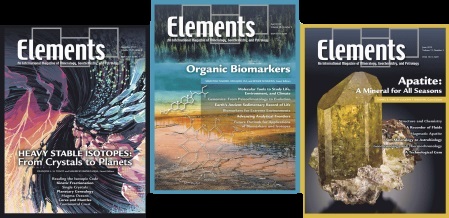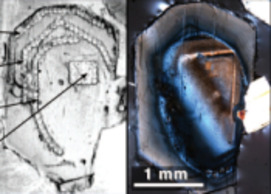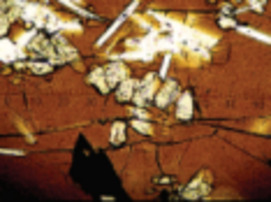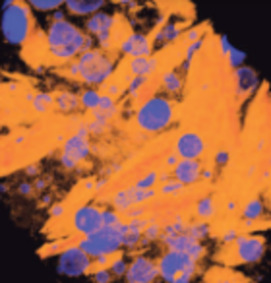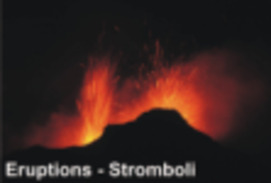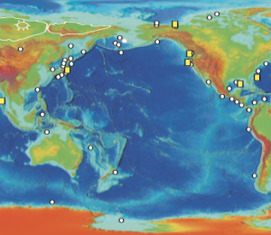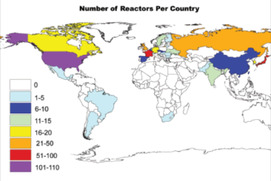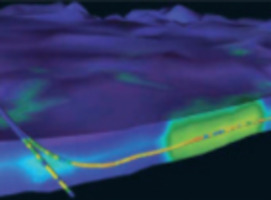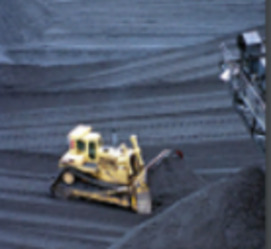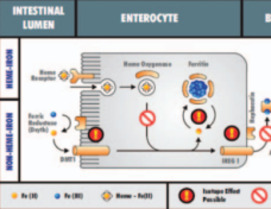Isotopic Microsampling of Magmatic Rocks
Radiogenic isotope ratios can be used as a kind of petrogenetic “DNA” to identify the source components of magmas. Technical advances allowing us to measure isotopic compositions at the sub-crystal scale have led to the realisation that many magmatic rocks are isotopically heterogeneous. Crystals traditionally regarded as phenocrysts grown from the host magma have now been shown to be wholly or partly out of isotopic equilibrium with the glass or groundmass in which they are contained. Many of these crystals are likely to be recycled from earlier cumulates. Combining these fingerprinting techniques with the other approaches described in this issue offers an unprecedented opportunity to understand the processes and timescales through which magmas are assembled, differentiated and delivered to sites of eruption or emplacement.
Isotopic Microsampling of Magmatic Rocks Read More »

